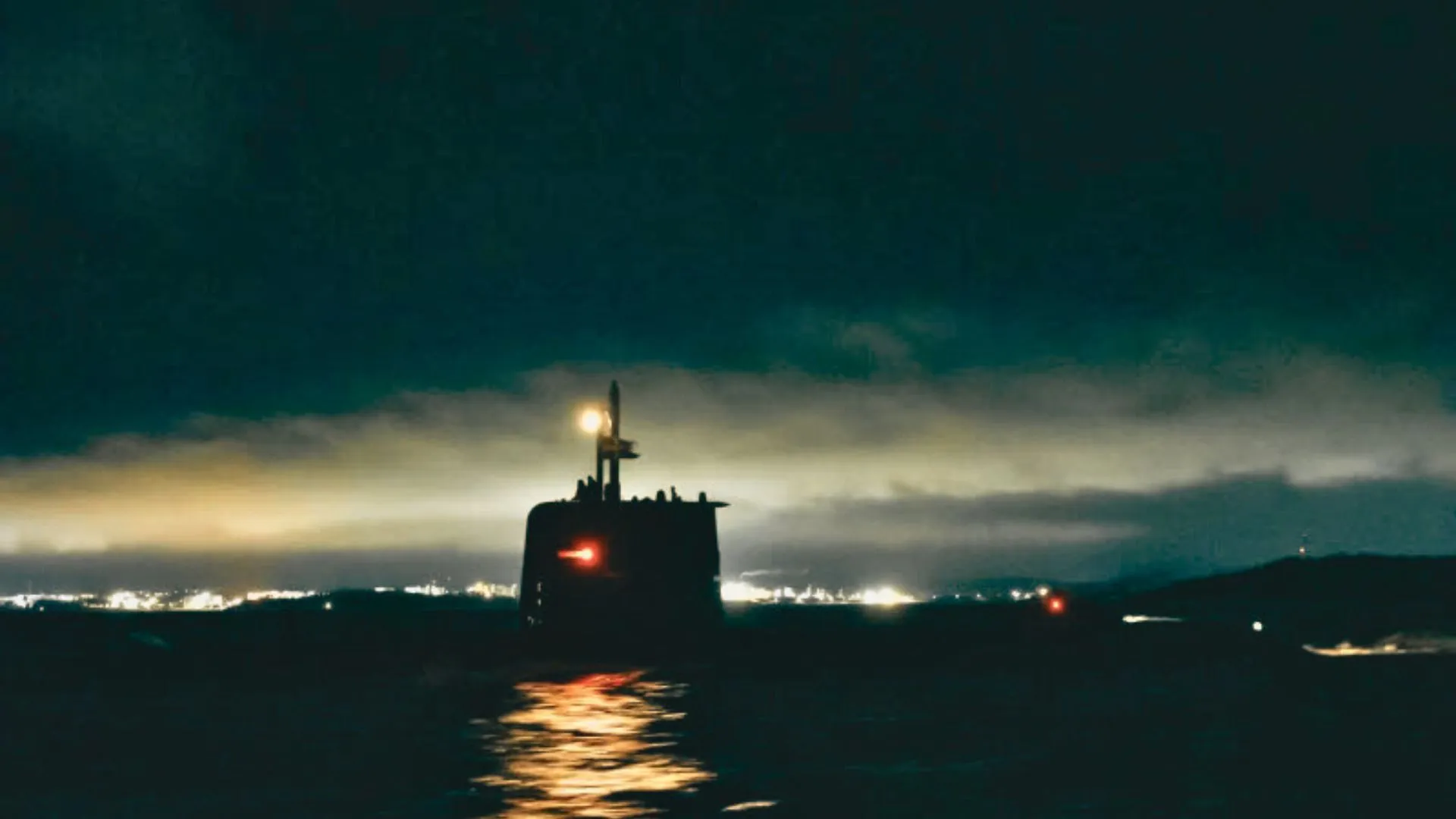Copyright Interesting Engineering

The Baltic Sea, a theater that shaped both world wars, is once again rising to global military significance as NATO’s most advanced submarines deploy to its waters for the first time since World War II. The shift comes as NATO begins Exercise Merlin, a large-scale anti-submarine warfare (ASW) drill involving submarines, surface ships, and maritime aircraft from across the alliance. With Sweden now a full NATO member, alliance officials say the Baltic Sea has effectively become a “NATO lake.” “With Sweden’s addition … that was our first opportunity to add another submarine nation to NATO,” said Rear Adm. Bret Grabbe, the U.S. Navy’s top submarine commander in Europe, speaking aboard the Dutch frigate HNLMS Van Amstel in Stockholm. “Now we have, basically, a Baltic lake full of NATO submarines.” The exercise brings together submarines, surface vessels, and helicopters from Sweden, Germany, the Netherlands, and France, as well as a U.S. maritime patrol aircraft. The focus is on strengthening all-domain ASW operations in the Baltic, a shallow, complex environment filled with mines, civilian shipping lanes, and potential Russian threats. Sweden’s new frontline role Sweden’s March 2024 entry into NATO transformed its strategic posture. Once a neutral power guarding its own waters, Sweden now stands as a frontline state defending the alliance’s eastern flank, from Finland’s coast to the Baltic States. “We are also defending our nations on the other sides,” said Rear Adm. Johan Norlén, chief of the Swedish Navy. “The border is on the eastern shore right now.” Sweden’s naval forces are important to NATO’s response to threats from Russia. These threats include submarines entering restricted areas, secret fleets, and attacks on underwater infrastructure such as energy pipelines and communication cables. Open-source intelligence suggests Russia maintains two to three Kilo-class diesel-electric submarines in the Baltic, typically operating out of Kaliningrad. “There’s a handful of Kilo diesel submarines in the Baltic,” Grabbe said, adding that NATO currently maintains a three- or four-to-one ratio of ships compared to Russian vessels, a deterrent he called “quite impressive.” Grabbe emphasized NATO’s advantage in fielding multi-mission submarines capable of intelligence, surveillance, and reconnaissance (ISR), as well as special operations and unmanned underwater missions. Sweden’s submarine modernization push Sweden’s underwater fleet, known for its stealth and air-independent propulsion, has a distinguished history. During a 2005 U.S. Navy exercise, a Swedish Gotland-class submarine famously “sank” the carrier USS Ronald Reagan in a simulated attack, highlighting its stealth and tactical value. But aging fleets and growing commitments under NATO are pressuring Stockholm to modernize. Sweden currently operates three upgraded Gotland-class and one Södermanland-class submarine, supported by four Visby-class stealth corvettes. Two new “fifth-generation” A26 Blekinge-class submarines, HMS Blekinge and HMS Skåne, are under construction by Saab Kockums. Designed for Baltic operations, they feature Stirling air-independent propulsion, multi-mission portals for unmanned vehicles and divers, as well as tools for seabed warfare and cable protection. However, the program has faced escalating costs and delays. Originally ordered in 2015 for delivery by 2024, the submarines are now projected to enter service in 2031 and 2035. The budget has more than doubled to 25 billion kronor ($2.6 billion). The Swedish Defence Materiel Administration acknowledged in October that “building a new submarine class is a very complex project associated with economic and technical risks.” Still, it said those risks are now “at a significantly lower level.” Larger warships on the horizon To strengthen its surface fleet, Sweden is also developing new Luleå-class frigates, which are nearly twice the size of the current Visby-class corvettes, to carry advanced air-defense systems, including vertical launch missiles. “Harboring these kinds of air-defense systems … requires a bigger ship,” Norlén said, adding that the new 120-meter frigates will also accommodate unmanned systems and future technologies. Companies including Saab, Babcock, Naval Group, and Navantia are competing for the contract, with the first two frigates expected to be delivered by 2030 and the full fleet by 2035. As NATO consolidates its maritime power, the once-contested Baltic Sea, long shaped by rival empires and Cold War standoffs, is again emerging as a defining theater of naval strategy. This time, it’s filled not with gunfire and dreadnoughts, but with some of the world’s most advanced submarines under one flag.



